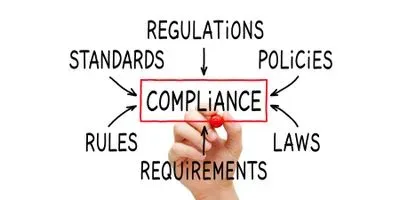Scientists, metrologists, and maintenance teams working in regulated laboratories have a lot on their plates. They must navigate a labyrinth of compliance guidelines, procedures, and reporting to keep their labs up-and-running—all while conducting important research and diagnostic testing. It’s a team effort that requires frequent communication and detailed processes. However, legacy systems have kept data siloed, hindered information sharing, and complicated workflows, resulting in a number of operational challenges. With Nuvolo Connected Workplace for Life Sciences, many of these challenges can be addressed by bringing all people, assets, and processes on to one platform.
1) Standardize Information
In many lab environments, asset data is generated in different formats, created by different teams, and housed in different systems, including spreadsheets, word documents, and department-specific databases. This results in inconsistent naming conventions, fragmented records, and piecemeal reports. By standardizing information on every asset and piece of equipment on one platform, each person is working from the same source of truth, reducing downtime and streamlining work processes.
2) Ensure Accountability
Once all information is standardized, you can easily track and trace all assets and processes, including where an asset is located, if it was relocated or loaned out, service contracts and responsibilities, points of contact (internally and externally), and more. Additionally, access to full versioning on all assets provides history on utilization and maintenance, which mitigates compliance risks, streamlines maintenance, and enables true management of third-party vendors.
3) Improve Processes
Because there is increased accountability under a single platform, it becomes much easier to automate important projects that can fall through the cracks—from calibration and preventive maintenance tasks to related facilities work orders for things like HVAC. By recording responsibility, it is easy to auto-assign corrective maintenance work, while proactively scheduling preventive maintenance. Additionally, you can reduce manual processes by leveraging templates for calibration and other maintenance work, which reduces human error and ensures the work is being completed properly.
4) Promote Visibility
With one platform, you can easily capture and report against your own data, which is available in real-time dynamic reports. Managers can have high-level visibility into technician and equipment performance. This helps determine assignment groups, asset utilization budgets, service level agreements (SLAs), whether to repair or replace equipment, and more.
With a single source of truth, lab and research scientists—and their managers—can streamline their workflows, improve their operations, and feel confident that the equipment they need is in top condition.












